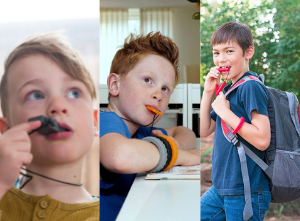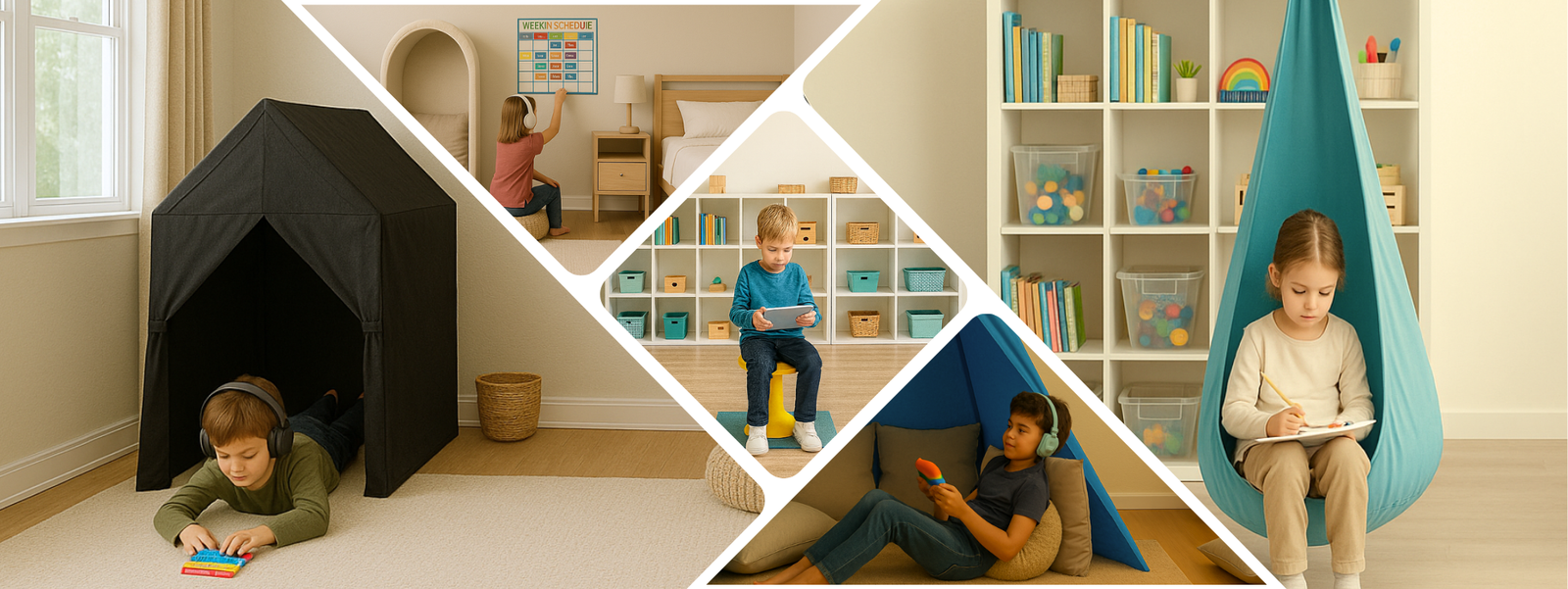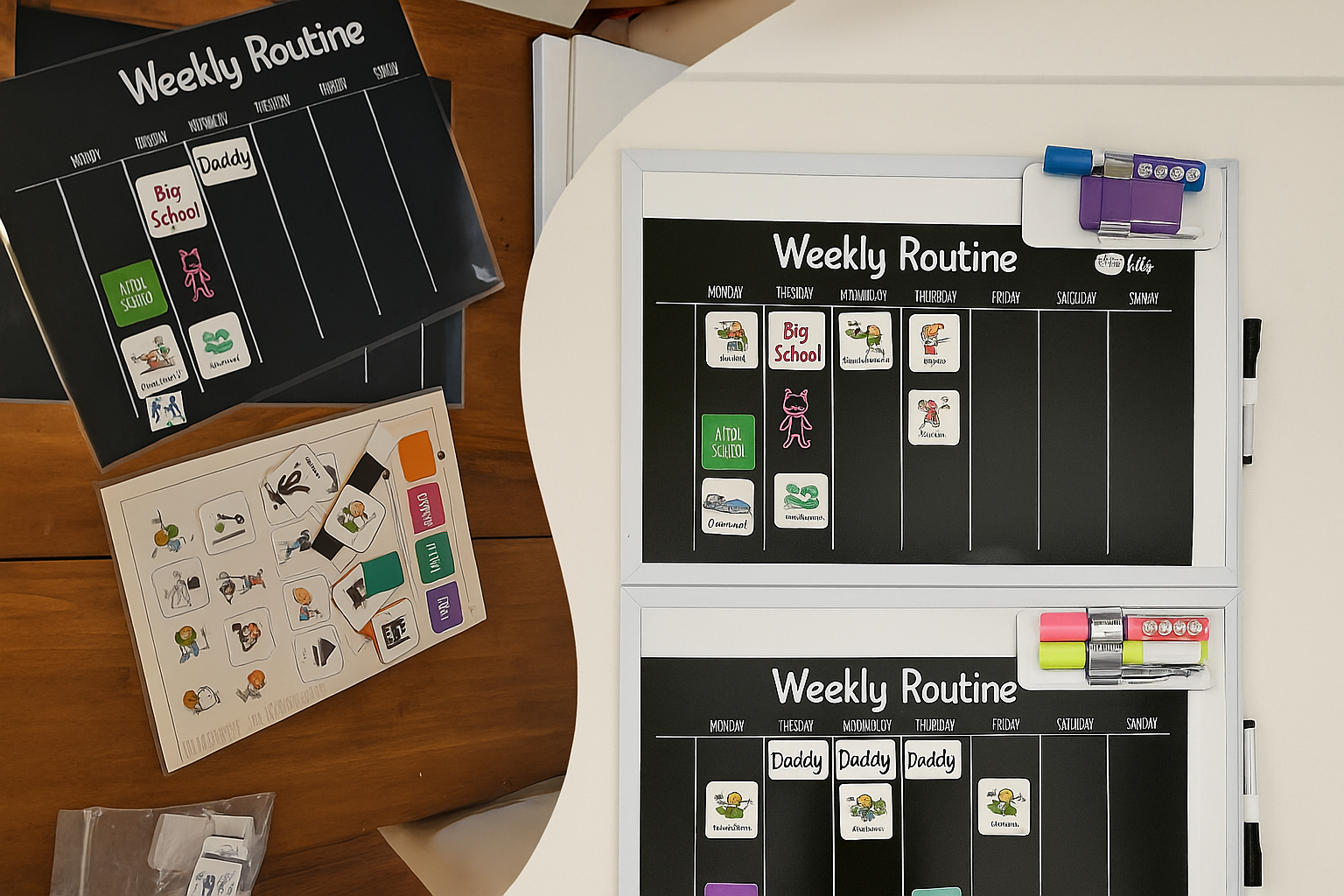
We hope everyone’s little (and not so little) ones are having a great school journey so far. At the start of every school year when supporting families we have found there comes a the time when parents and teachers slowly stop saying, “let’s just give them time to settle in and see if the problem is still happening later on...”
A really common behaviour we see throughout all the year levels at kinder and school is oral motor sensory seeking.
What does this look like? It typically presents as children placing non-food objects in their mouths, and it can feel like it’s happening every time you’re looking at them. This can be all sorts of things like their school t-shirt or dress, pencils, tanbark, and perhaps most commonly, the poor drink bottles. If you notice that your child’s school uniform is in tatters from being chewed on, or you’re finding yourself replacing drink bottles more often than usual, this can be a sign that your child is an ‘oral sensory seeker’.
The oral motor sensory system is one of the most significant systems in terms of the input it receives and how it helps to regulate our bodies. As adults we allow ourselves to chew on pens or gum as a regulator, but at school children unfortunately don’t have the opportunities to use outlets like this.
Chewing and sucking input that the mouth receives is extremely calming and organising for the sensory system. It helps children to concentrate, attend, listen, participate and learn more.
If you know that your child or one of your students is an oral-motor sensory seeker it’s really important to support them with their needs. This can include finding less-destructive, alternative ways for the children to get the input they really need, rather than demolishing drink bottles, pencils and school uniforms.
Some of the younger children we work with enjoy mouth games like blowing bubbles or whistles. In the classroom environment or throughout the day however a portable resource may be more appropriate. There is an increasingly amazing range of cool tools for supporting oral sensory seekers, many of which are very subtle / commercial and so do not make kids "stand out" if this is a concern particularly in a mainstream setting. We've come a long way since we started working with kids in the early 2000s!
Some children tend to prefer mouthing or chewing on their uniform sleeves or shirt collars, so using a chewy necklace may be more suitable. For example, the robot pendants are a great resource for children who like to gently mouth or chew. For those who are more avid chewers, or need a firmer chew, something from the Ark Therapeutic oral-motor range may be more suitable. This range comes in a variety of strengths for different needs.
Another resource that is worth a mention and that we absolutely love especially for kids who tend to chew on their pens and pencils is the pencil topper. These handy toppers fit over the top of the child's pen or pencil and can be chewed on all day long and come in a variety of strengths.
One final handy hint from our resident OT - It’s also really helpful to provide these children with crunchy or chewy foods throughout the day at snack and lunch times as another way for their sensory systems to be getting the input they need to stay regulated throughout the day. That way they are getting this input in a naturally occurring way as part of their usual daily routine, and it can help reduce the need for seeking out less desirable alternatives. Remember, when thinking about sensory processing differences it is not “won’t”, but rather, “can’t”. Help to introduce alternatives rather than trying to stop the behaviour and you'll be on the road to success.
Happy teaching and learning everyone.





Leave a comment (all fields required)